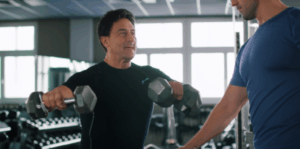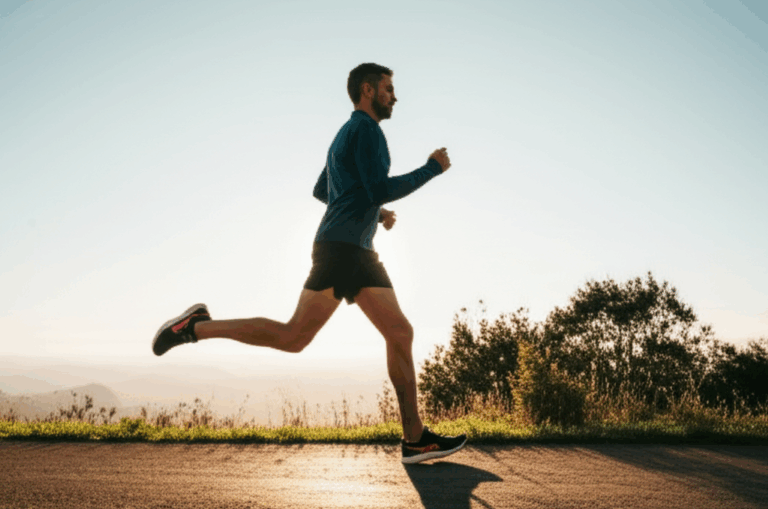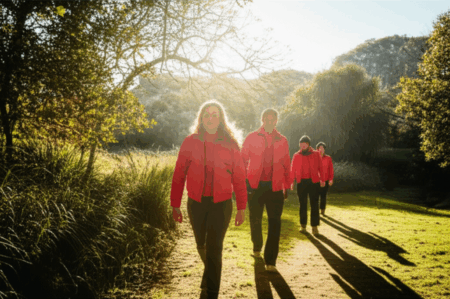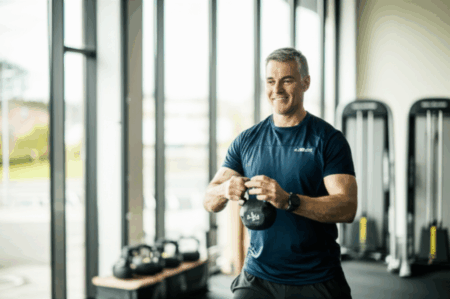The idea of a workout that could “de-age you 20 years in only 16 minutes” sounds almost too good to be true, conjuring images of a literal fountain of youth. While exercise cannot turn back your chronological clock, scientific research strongly suggests that specific high-intensity training regimens can profoundly impact biological markers of aging, particularly for cardiovascular health, offering benefits that equate to a significant “reversal” of biological age.
The specific workout often linked to such claims is the “Norwegian 4×4,” a High-Intensity Interval Training (HIIT) protocol championed by cardiologist Dr. Benjamin Levine of the University of Texas Southwestern Medical Center. This intense, short-duration routine is advocated for its remarkable ability to improve heart health.
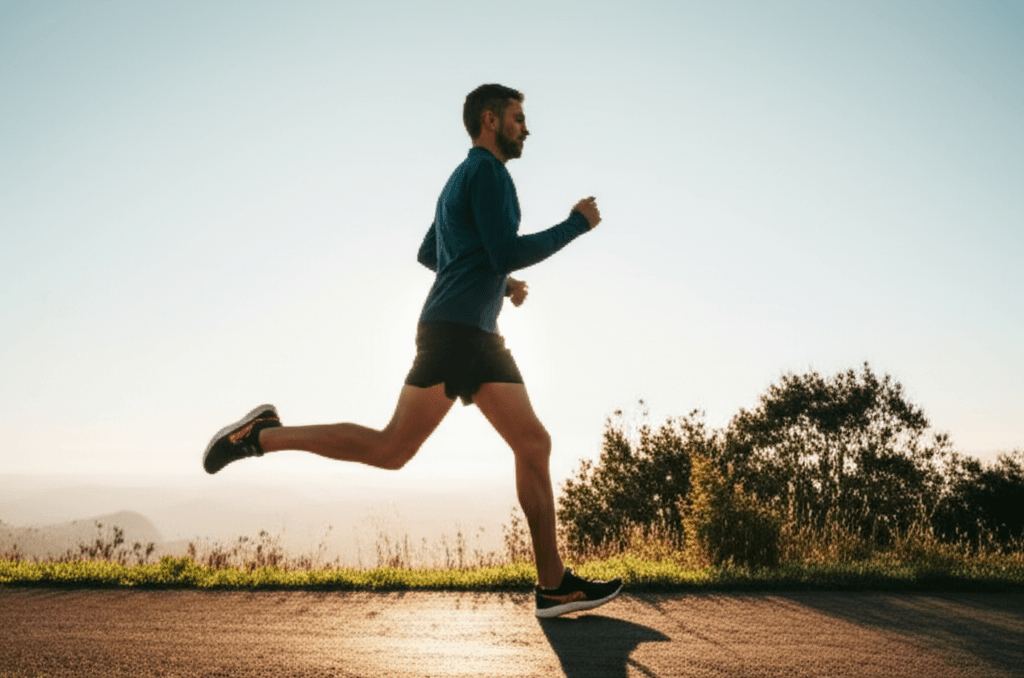
Understanding the Norwegian 4×4 Workout
The Norwegian 4×4 is a straightforward yet demanding High-Intensity Interval Training (HIIT) workout designed to push your cardiovascular system to its limits. It involves:
- Warm-up: A moderate-intensity warm-up for about 5-10 minutes.
- Four-Minute Intervals: Four repetitions of four-minute intervals where you aim to reach 90-95% of your maximum heart rate. During these periods, you should be breathing hard and finding it difficult to speak more than a few words.
- Three-Minute Active Recovery: Each four-minute intense interval is followed by a three-minute period of active recovery, where you reduce your intensity to a moderate pace (around 70% of maximum heart rate) to allow your heart rate to come down before the next intense burst.
- Cool-down: A gradual cool-down for about 5-10 minutes.
This entire protocol, excluding warm-up and cool-down, totals 16 minutes of high-intensity work. Dr. Levine suggests performing this workout once a week to achieve significant improvements in heart health. Activities suitable for the Norwegian 4×4 include running, cycling, swimming, elliptical training, or even brisk walking on an incline.
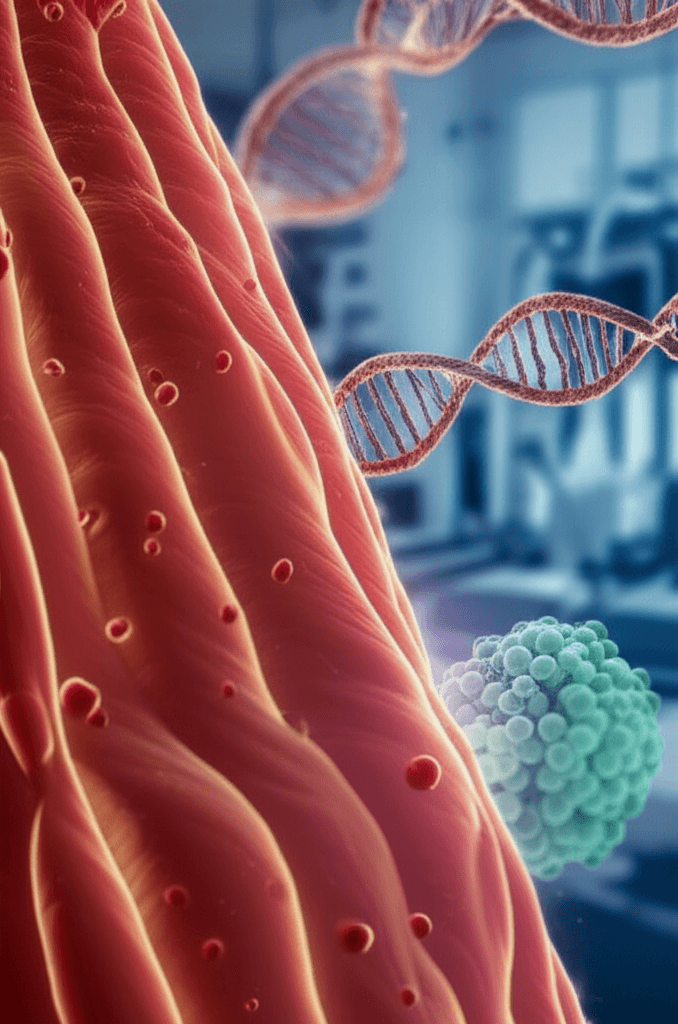
The Science Behind Exercise and Biological Aging
While a 16-minute workout cannot literally make you 20 years younger, the claim stems from the profound cellular and physiological changes that high-intensity exercise can induce, particularly in the cardiovascular system and at the mitochondrial level.
Telomeres: The Chromosomal Timekeepers
One key area where exercise impacts aging is through its effect on telomeres. Telomeres are protective caps at the ends of chromosomes that safeguard our genetic information. As we age and our cells divide, telomeres naturally shorten, which is associated with cellular aging and an increased risk of age-related diseases.
Multiple studies have shown a positive association between physical activity and longer telomere lengths. Athletes, for instance, tend to have longer telomeres than non-athletes. Regular exercise, especially vigorous activity like HIIT and endurance training, can help maintain telomere length or slow its decline, potentially “slowing down the aging process at a genetic level.” One study even suggested that 90 minutes per week of strength training was associated with 3.9 years less biological aging on average.
Mitochondrial Function: The Cellular Powerhouses
Another critical aspect of aging that exercise addresses is mitochondrial function. Mitochondria are often called the “powerhouses of our cells” because they generate the energy (ATP) needed for virtually all cellular processes. As we age, mitochondrial content and function tend to decline, leading to reduced energy production, fatigue, and contributing to age-related diseases.
High-intensity interval training (HIIT) has been shown to be particularly effective in improving mitochondrial function. Research by the Mayo Clinic found that high-intensity aerobic exercise can reverse some cellular aspects of aging by boosting the energy-producing capacity of mitochondria and enhancing the cellular machinery responsible for making new proteins, especially in older adults. In fact, older participants in HIIT studies showed an even higher increase in mitochondrial capacity (up to 69%) compared to younger participants (49%). This improvement in mitochondrial health is crucial for cellular repair, maintenance, and overall anti-aging effects.
Cardiovascular Health: A Younger Heart
Beyond cellular mechanisms, consistent, vigorous exercise directly strengthens the cardiovascular system. A study at Brigham Young University found that adults who engaged in high levels of physical activity (30-40 minutes, five days a week) had an almost nine-year “biological aging advantage” linked to longer telomeres compared to sedentary individuals. Similarly, research has shown that lifelong exercisers in their 70s can maintain cardiovascular systems resembling those of people 30 years younger.
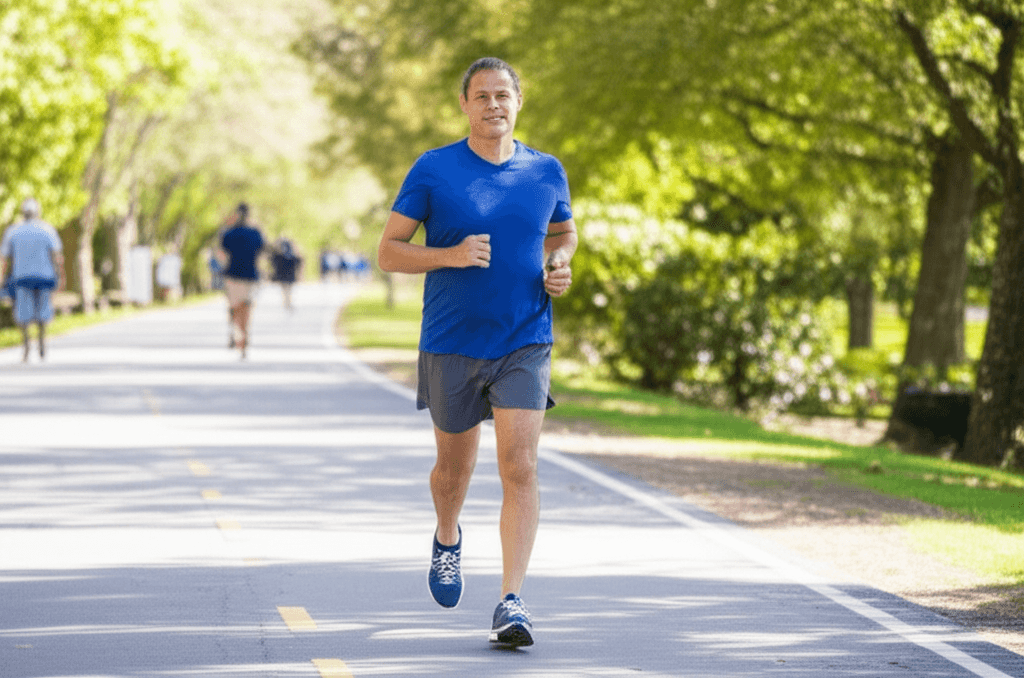
Broader Anti-Aging Benefits of Exercise
While HIIT and the Norwegian 4×4 offer potent, time-efficient benefits, a comprehensive approach to exercise provides a wider range of anti-aging advantages:
- Muscle Mass and Strength: Strength training is vital for combating sarcopenia, the age-related loss of muscle mass and strength. It helps build and maintain muscle, improves mobility, enhances bone density, and can reverse muscle aging at a genetic level.
- Bone Density: Weight-bearing exercises, including strength training, stimulate bone growth and help prevent osteoporosis, a common age-related condition.
- Balance and Coordination: As we age, balance and coordination decline, increasing the risk of falls. Exercises like tai chi, yoga, planks, and lunges improve stability and reduce fall-related injuries.
- Metabolism and Body Composition: Exercise, particularly strength training and HIIT, boosts metabolism, helps reduce body fat, and improves insulin sensitivity, lowering the risk of diabetes.
- Cognitive Function and Mental Health: Physical activity enhances mood, reduces stress, and improves cognitive function, including memory and learning. Research suggests it can slow brain aging by up to 10 years.
- Skin Health: Intense interval training can stimulate collagen and elastin production, contributing to firmer, more youthful-looking skin by improving blood circulation and hormone release.
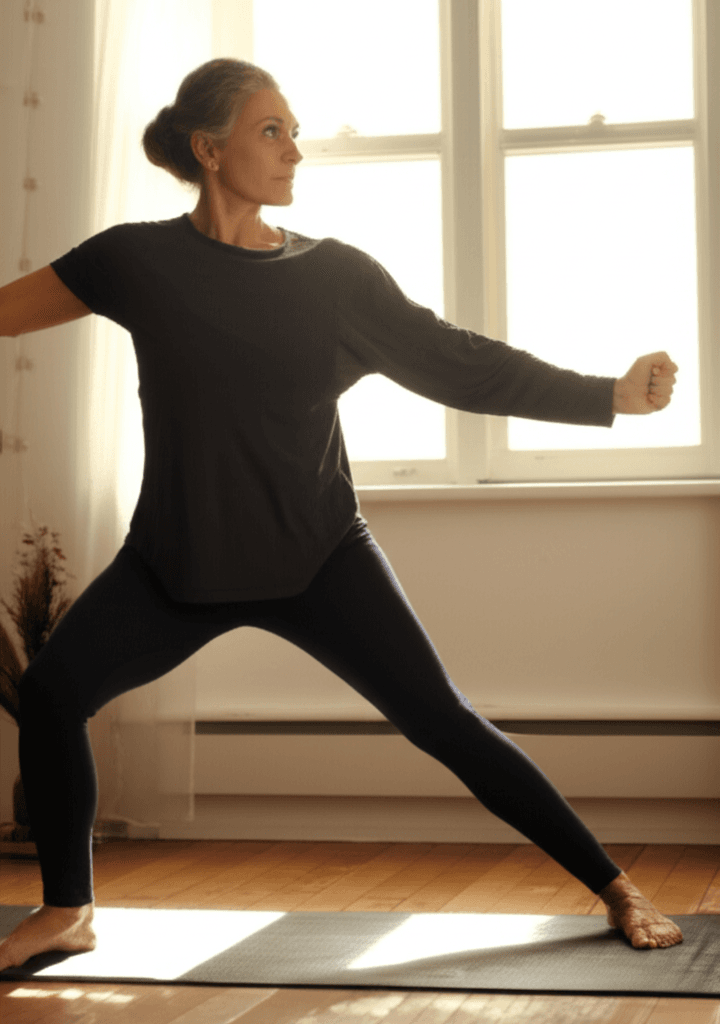
Incorporating Anti-Aging Workouts into Your Routine
To truly reap the “de-aging” benefits of exercise, consistency is key, and it’s important to choose activities you enjoy.
- Start Gradually: If you’re new to high-intensity workouts, begin with shorter intervals and lower intensity, gradually increasing as your fitness improves. Always consult a healthcare professional before starting any new exercise regimen, especially if you have pre-existing conditions.
- Mix It Up: While HIIT is powerful, a well-rounded routine should include strength training (at least two days a week), cardiovascular exercises, flexibility (e.g., yoga, Pilates), and balance training.
- Listen to Your Body: Intensity should be relative to your fitness level. “High intensity” means you’re breathing hard and can’t hold a conversation, but you shouldn’t feel pain.
- Aim for Consistency: The NHS recommends adults do at least 150 minutes of moderate-intensity activity or 75 minutes of vigorous-intensity activity per week, spread evenly. Even short, effective bodyweight exercises done daily can contribute significantly.
While no workout can literally rewind your birth certificate, the scientific evidence is clear: consistent, strategic exercise, including high-intensity intervals and strength training, can significantly impact your biological age, making you feel and function decades younger. The “16-minute de-aging workout” highlights the remarkable efficiency of intense exercise in preserving cellular health, strengthening your heart, and enhancing overall vitality.


